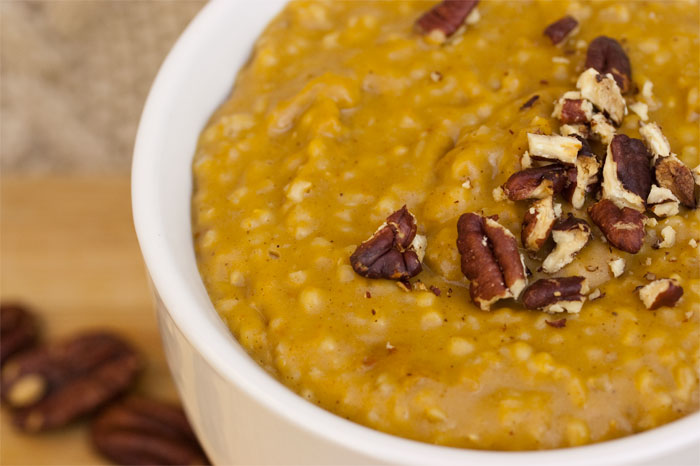by Cheryl Sternman Rule
With mid-winter’s chill stoking our appetite for hot, hearty meals, we often turn to long, slow braises and gently gurgling stews. Given our hectic lifestyles, though, it’s not always practical to babysit a meal for hours as it cooks. The answer? Embrace your slow cooker.
 As part of our focus on Nourishing Yourself in the New Year, I ask you to reconsider this relatively modest, affordable appliance. (Mine cost $30.) Slow cookers allow us re-jigger our time and cook when it’s most convenient. Evenings hectic? Prepare dinner before work. There’s nothing more calming then coming home to a healthful meal that’s ready to be served.
As part of our focus on Nourishing Yourself in the New Year, I ask you to reconsider this relatively modest, affordable appliance. (Mine cost $30.) Slow cookers allow us re-jigger our time and cook when it’s most convenient. Evenings hectic? Prepare dinner before work. There’s nothing more calming then coming home to a healthful meal that’s ready to be served.
Slow cookers have enjoyed a renaissance in recent years. I’m a relatively recent convert myself: my slow cooker has gotten more use in the past four months than in the last decade combined. The reason, I believe, is that I’ve learned how to harness the machine’s potential to my advantage.
Here are some slow cooker tips to help guide you:
- Choose meats that benefit from long cook times and low, moist heat. Tougher, inexpensive beef cuts like shanks, chuck or bottom round (pot roast), brisket, and short ribs tend to have a lot of connective tissue, which softens considerably in the slow cooker and leaves the meat tender, moist, and flavorful. (Save lean, expensive cuts for the broiler or grill.) For pork, think shoulder, blade roast, and spare ribs. When it comes to chicken, I prefer making stocks and soups, because slow cooked chicken meat can often be dry and unappealing. (If you’re going to experiment, however, be sure to brown the meat first.)
- Pick hard, fibrous veggies. Carrots, potatoes, turnips, and winter squash will cook nicely in the slow cooker. More tender vegetables, like leafy greens and zucchini, should be added towards the end of cooking. You can even wrap trimmed beets and whole garlic bulbs in foil and place them directly into the crock. When preparing any vegetables, be sure to cut them uniformly to ensure even cooking.
- Entertain with warm foods right from the crock. Spiced nuts and hot cider may be prepared in advance and kept in your slow cooker for serving at a party or open-house.
- A word on beans. Many varieties of beans and pulses may be safely cooked in the slow cooker. Beans should first be soaked overnight, and then cooked until tender on the HIGH setting. (Note: kidney beans are an exception. They may release a potential toxin if not boiled rapidly, so opt for canned instead.) Split peas and lentils may be cooked on low and create lovely, thick soups and stews.
- Safety first. Just as you’d never toss a frozen steak onto a skillet or a frozen chicken into the soup pot, never put frozen food directly into your slow cooker. Always defrost food completely, preferable in the refrigerator overnight.
For other tips and tricks, I recommend Not Your Mother's Slow Cooker by Beth Hensperger. If you have other favorite resources, share them in the slow cooker conversation here. Do, however, be sure to look for recipes using fresh whole foods rather than processed ingredients. After all, one of the greatest benefits of using a slow cooker isn’t simply to ease your stress and free up your time – it’s to nourish your body as well.
Cheryl Sternman Rule is a food and nutrition writer whose work has appeared in numerous national magazines, including EatingWell and Body+Soul. She is the voice behind the food blog 5 Second Rule.
















